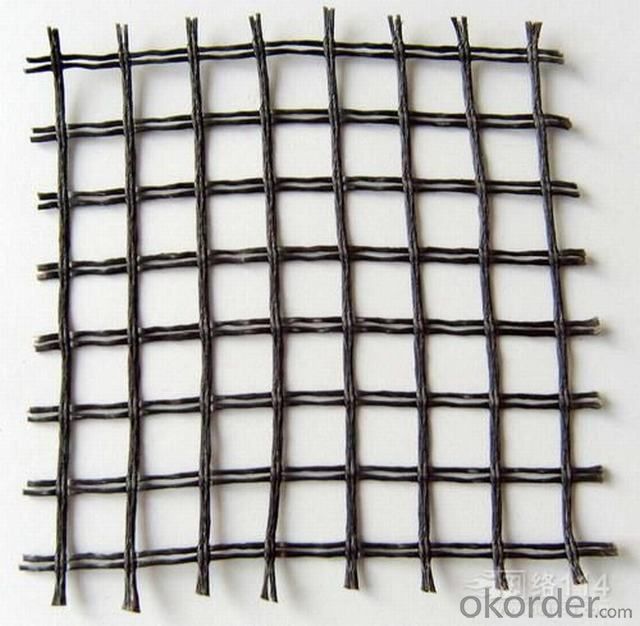- Understanding the Role of Geomembrane Liners in Waste Management
- Innovations in Geomembrane Liners for Water Management
- Geomembrane Liners: A Comprehensive Guide
- The Future of Geomembrane Liners in Civil Engineering
- Geomembrane Liners: Enhancing Landfill Stability
Manager:
WhatsApp:+86 177 0135 2670
Tel:+86 177 0135 2670
Email:marketing@okorder.com
Address:3rd Floor, No.2 Building, No.1 Sanlihe Road
Geomembrane Liners: A Barrier Against Industrial Chemical Leakage
Geomembranes, a term that might sound alien to some, are essentially thin layers of synthetic materials that serve as a barrier against industrial chemical leakage. They are often used in various industries such as mining, waste management, and construction to prevent the leakage of hazardous chemicals into the environment. But what exactly are geomembranes, and how do they work to protect our environment? Let's dive in and explore the world of geomembranes.

The Science Behind Geomembranes
Geomembranes are made from high-density polyethylene (HDPE), polyvinyl chloride (PVC), or ethylene propylene diene monomer (EPDM) rubber. These materials are chosen for their durability, chemical resistance, and flexibility. The manufacturing process involves extruding the material into a thin sheet, which is then heat-treated to increase its strength and flexibility.
Why Are Geomembranes Important?
The importance of geomembranes cannot be overstated. They act as a protective layer between the environment and potentially harmful chemicals. This is particularly crucial in industries where chemical leakage can have severe consequences for both human health and the ecosystem. By preventing the seepage of chemicals into the soil and water bodies, geomembranes help maintain the integrity of our natural resources.
Applications of Geomembranes
Geomembranes find their application in a wide range of industries. In the mining industry, they are used to line tailing ponds to prevent the escape of toxic substances into nearby water bodies. In waste management, they are used to line landfills, ensuring that hazardous waste does not contaminate the surrounding environment. In construction, they are used in canal lining and reservoir construction to prevent water loss and contamination.
The Installation Process
Installing a geomembrane is a meticulous process that requires careful planning and execution. The surface on which the geomembrane is to be laid must be carefully prepared to ensure a smooth, even surface free of any debris or irregularities. The geomembrane is then unrolled and carefully laid out, taking care to avoid any wrinkles or folds that could compromise its integrity. Special care is taken to seal the seams, as these are the most vulnerable points for potential leaks.
The Challenges and Solutions
While geomembranes are highly effective, they do come with their own set of challenges. One of the main issues is the potential for leaks at the seams, which can be mitigated through careful sealing and regular inspection. Another challenge is the durability of the material over time, which can be addressed by selecting high-quality materials and implementing proper maintenance practices.
The Future of Geomembranes
As industries continue to grow and evolve, the demand for effective containment solutions like geomembranes is only set to increase. With advancements in material science and technology, we can expect to see more durable, flexible, and environmentally friendly geomembranes in the future. These advancements will not only improve the performance of geomembranes but also reduce their environmental impact.
Personal Touch: The Human Element
While the technical aspects of geomembranes are fascinating, it's important to remember the human element behind their use. The people who design, manufacture, and install these liners are dedicated professionals who are passionate about protecting our environment. Their expertise and commitment play a crucial role in ensuring the success of geomembrane projects.
In Conclusion
Geomembranes are a vital component in our fight against industrial chemical leakage. They are more than just a barrier; they represent the collective effort of scientists, engineers, and environmentalists to safeguard our planet. As we continue to innovate and improve upon these materials, we can look forward to a future where our environment is better protected than ever before.
- Previous:The Role of Geomembrane Liners in the Construction of Industrial Chemical Reservoirs
- Next:The Use of Geomembrane Liners in the Construction of Industrial Chemical Basins
-
2024-12-05Geomembrane Liners: A Comprehensive Guide






